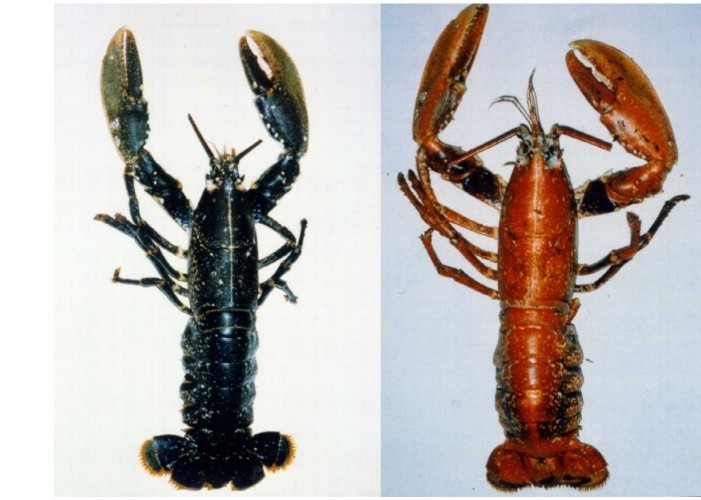Why cooked lobsters turn red
Various newspapers and magazines in The Netherlands have reported about the recent paper ( J. Am. Chem. Soc., 127, 1438 (2005)) by a group at the University of Leiden. The team in Leiden, by a combination of quantum chemical modeling and spectroscopic techniques, has elucidated the mechanism of the spectacular natural color change that occurs when a lobster (Homarus gammarus) is cooked, turning deep blue into red (see figure below).

Dr. Buda comments “The time-dependent DFT calculations performed with ADF have been crucial in identifying the most important molecular mechanism at the basis of the color change. ADF was used to calculate the absorption energies and transition dipole moments for different models of the chromophore, a red carotenoid pigment called astaxanthine, embedded in the crustacyanin protein.”
A. A. C. van Wijk,. A. Spaans, N. Uzunbajakava, C. Otto, H. J. M. de Groot, J. Lugtenburg and F. Buda, Spectroscopy and Quantum Chemical Modeling Reveal a Predominant Contribution of Excitonic Interactions to the Bathochromic Shift in α-Crustacyanin, the Blue Carotenoprotein in the Carapace of the Lobster Homarus gammarus. Journal of the American Chemical Society, 127(5), 1438 (2005).
Key conceptsADF pharma TDDFT UV/VIS